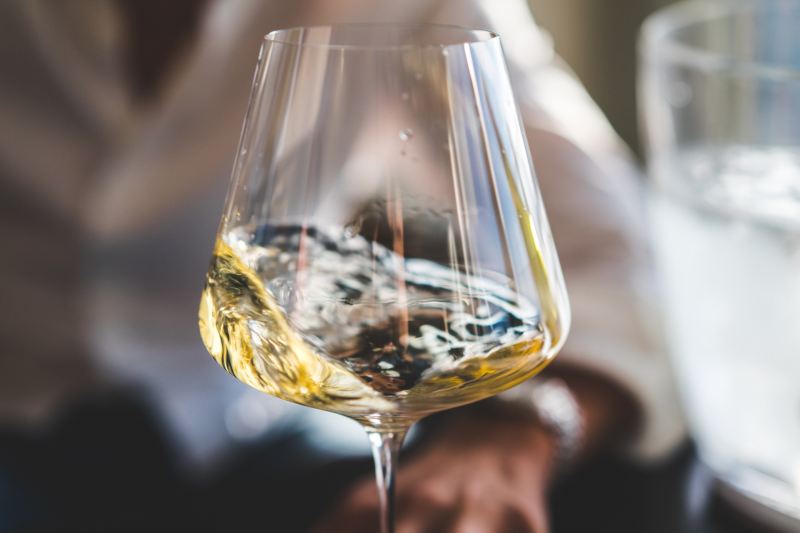When a wine list the size of an encyclopedia is dropped on your table, it’s easy to be intimidated. Ordering wine should be an enjoyable adventure, not a daunting task. To make sure of that, we reached out to an industry pro for some sage advice.
Our wine expert revealed some great tips for navigating wine lists, ordering something you’ll actually like, and not breaking the bank in the process. Next time you’re at a restaurant or wandering through a bottle shop, you’ll know just what to do. Better, you may even discover a new favorite winemaker or varietal. Read on for excellent tips on how to order wine.

Change your expectations
Kelsey Kramer is the director of education at William Chris Vineyards, a standup producer in Texas wine country. “I think the most common mistake with ordering a wine, at least a wine that the person has never had before, is expecting the wine to have a certain type of taste,” Kramer says. “It is understandable that a person would want to know what to expect to drink during a meal, but I think we too often forget that winemakers don’t make the decision on what their wine tastes like — weather does. The way wine is made means that what we get was determined first by climate, soil, and usually only a little influenced by people.”
There’s also the element of the unexpected. “Ordering a wine and expecting it to taste a certain way only leads us away from the true meaning of wine — to be surprised and delighted by a unique combination of grape variety, growing season, and place,” Kramer adds. “In the same token, another mistake is tasting a wine you don’t like and blaming it on the grape variety. It could be a combination of different aspects you didn’t like, so continue to be curious before writing off an entire variety! Also, never judge a wine based on price!”
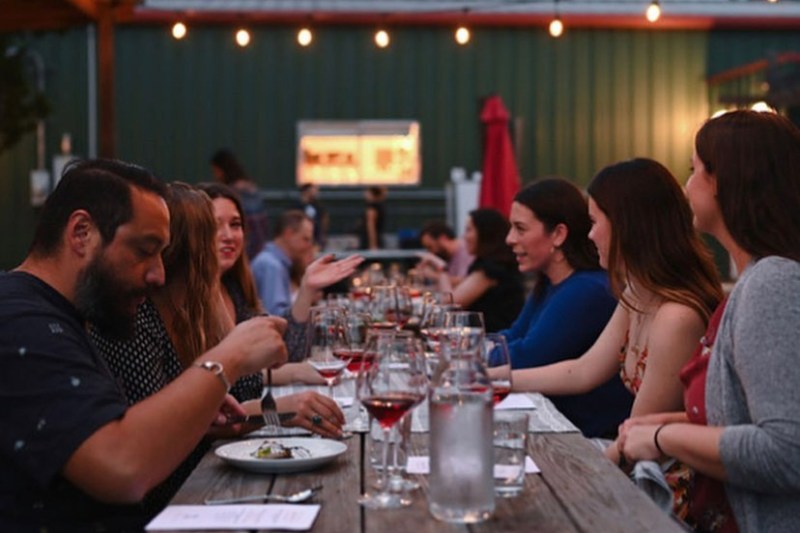
Ask the right questions
“Not all wine lists are created equally, and this goes for shopping stores as well,” Kramer says. “Find out what the theme is and navigate your way from there. Ask what the best value is, you may get a really good deal!”
There are also clever ways to hone in on what your palate likes. “One of my favorite questions to ask is for a recommendation based on another type of drink,” Kramer says. “For instance, if I like to drink a French 75 cocktail because it is a little bubble, citrusy, and floral, I’d ask what wine my server would recommend for a person who likes a French 75. This is a great insight into what I like without having to spell it out in wine terms, and chances are you’ll get opinions from several servers and maybe even the bartender as the search for the right wine spreads! This works for non-alcoholic drinks as well, like kombucha, iced tea, coffee, etc.”
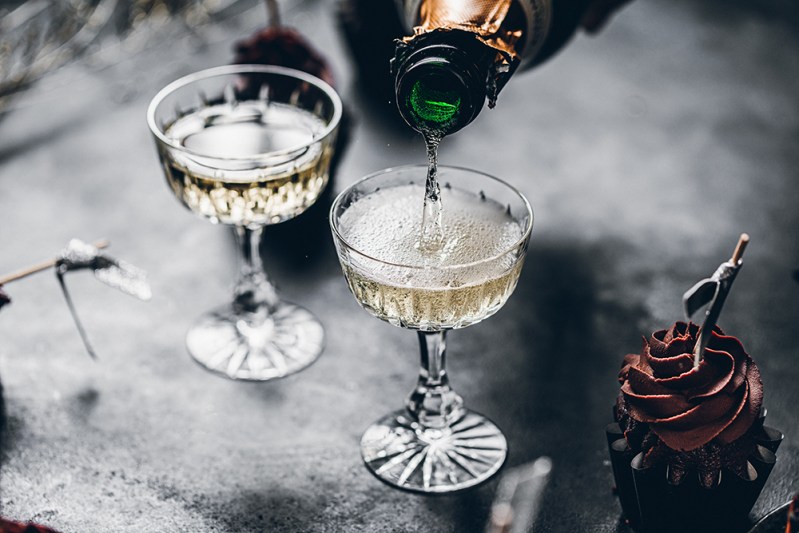
Even the pros are students of wine
“Wine can be difficult to just enjoy,” admits Kramer. “There is a certain amount of information you need to know before feeling comfortable discussing wine, including producers, common grape varieties, how to taste properly, and wine-specific vernacular. In addition, wine is always changing, and is something that many people care about a lot. All of this makes it nearly impossible to feel confident in knowing about wine when you are not a die-hard wine professional or connoisseur. It never seems like enough wine knowledge and so a culture of un-confidence in wine has unwittingly been created.”
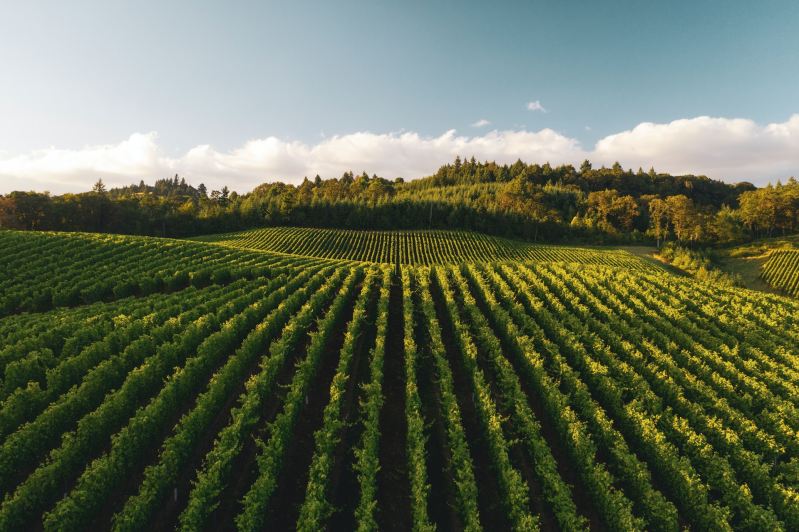
Pay attention to place
“Many wine lists are separated by country, but further separate the lists in your mind from coolest to warmest climate,” Kramer says. “The colder the climate the lighter and crisper the wine will generally be, and the warmer the climate the juicier and more full-bodied the wine will be. Pay less attention to the grape variety, and more attention to place. Also know that the warmer the climate, the sweeter the wine may taste (because more alcohol in the wine may make it seem to be sweeter.) Categorize the wines by their age as well. The older the wine the earthier it will be, so the youngest wines will be the fruitiest. Then, don’t make it too complicated. Order a wine that costs as much as you want to spend and remain open-minded to how it will taste.”
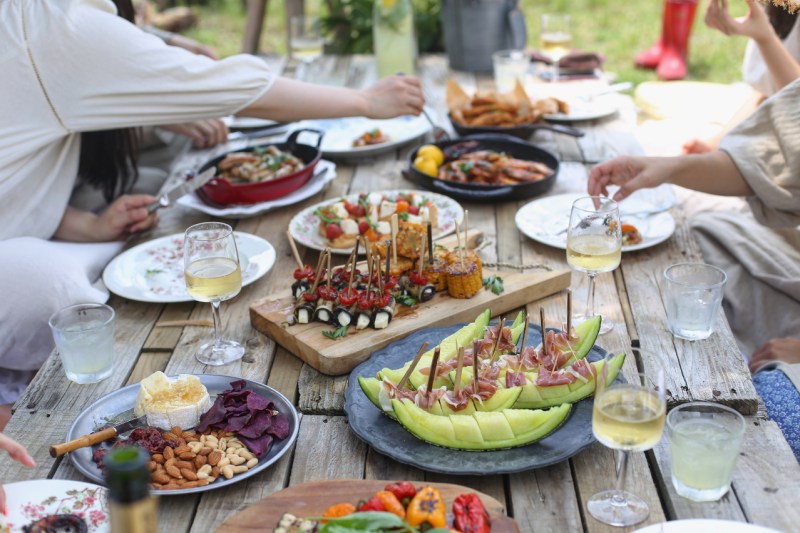
Consider what you’re eating
“Wine is not just based around the gamble of ordering the right or wrong wine for you,” Kramer says. “Once you get the wine you need two simple things on your table to change the way it tastes: salt and sugar. If your wine is too dry and not sweet enough, salt your food to make the wine taste less dry and fruitier overall. If the wine is too sweet, eat food with a touch of sweetness to it such as buttered bread or fruit. The sugar in the food will make your wine seem less sweet. This is the basis of all food and wine pairing decisions!”
Ordering wine is about to be a lot more enjoyable. If you’re still thirsty for wine advice, check out what sommeliers are drinking and the best barbecue wines as we settle into grilling season. Be bold and adventurous.
